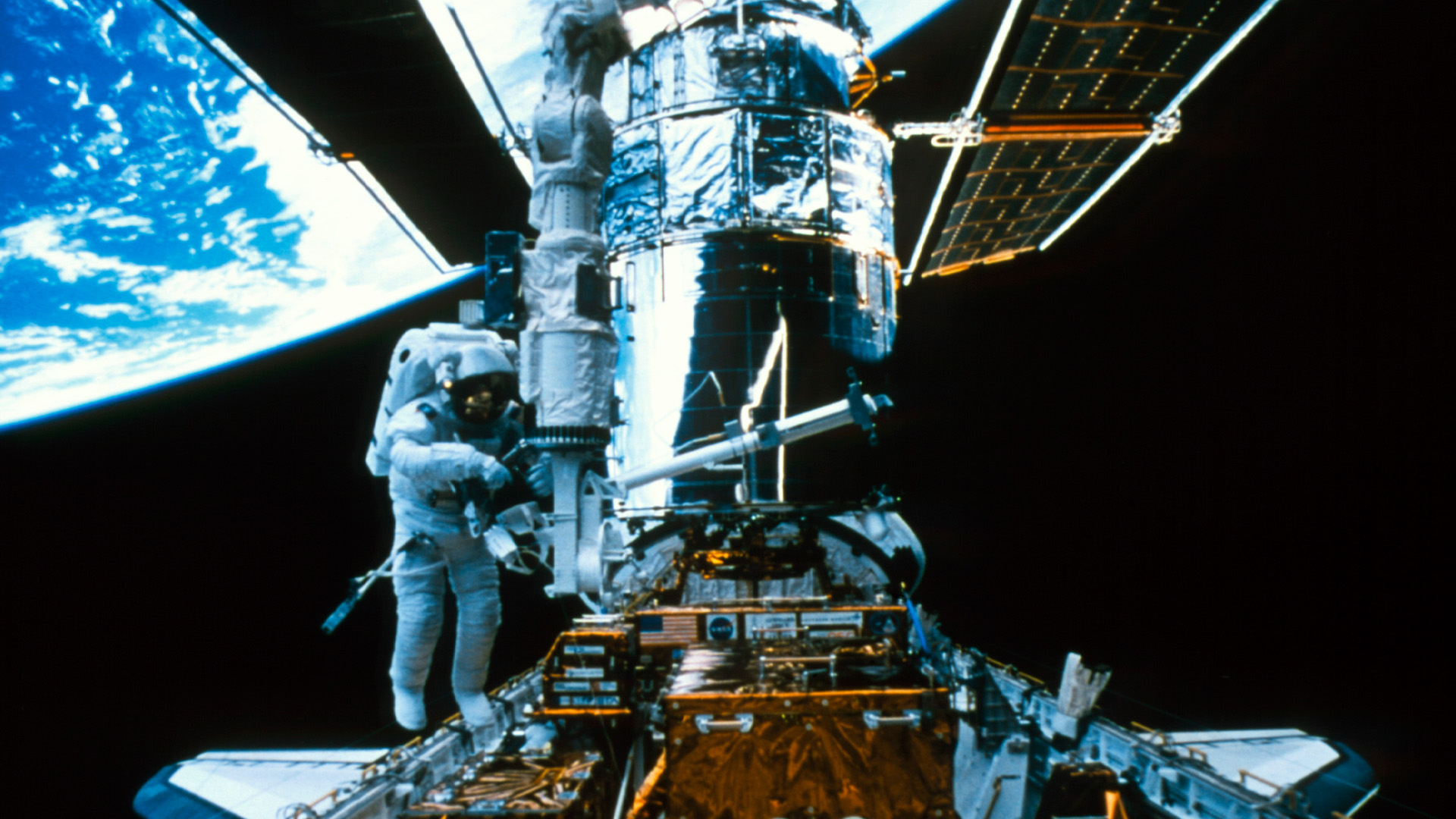PLEASE BE ADVISED WE HAVE SOME ESSENTIAL SITE MAINTENANCE PLANNED FOR MONDAY 24 FEBRUARY BETWEEN 08:00-09:00 GMT. DURING THIS TIME OUR WEBSITE WILL BE UNAVAILABLE.

Hubble Space Telescope
As the crowning achievement in NASA’s Great Observatories programme, the Hubble Space Telescope (HST) has identified the exact age of the universe, demonstrated the role of black holes and dark matter in the formation of galaxies, and discovered two previously unknown moons orbiting Pluto. However, the project was very nearly a damp squib. The HST was initially grounded following the 1986 Challenger disaster, and then, within weeks of its eventual launch in 1990, the main mirror was found to have been incorrectly ground by 0.002mm, warping the first images it captured of the furthest reaches of the universe. Manned missions were then undertaken to correct the issue.
“Hubble isn’t just a satellite; it’s about humanity’s quest for knowledge” – John Grunsfeld, NASA astronaut

